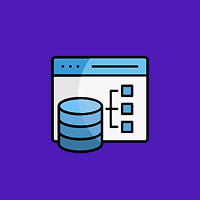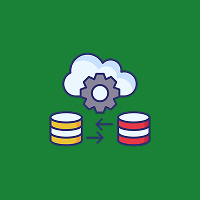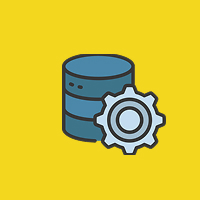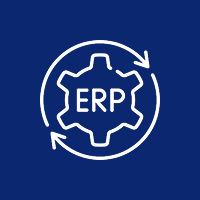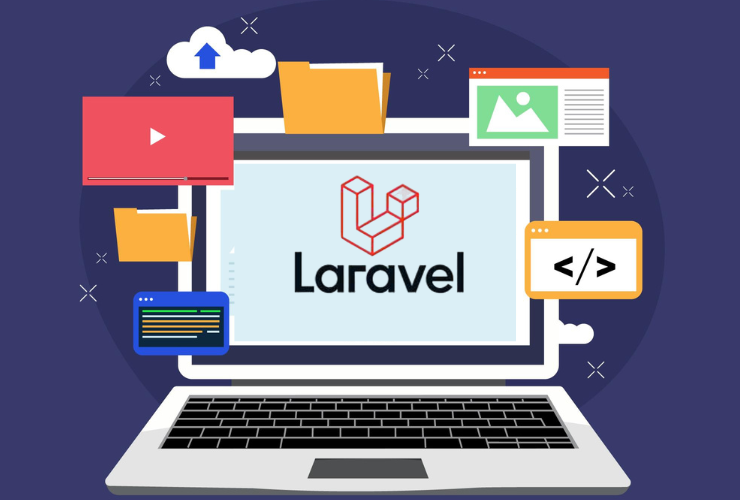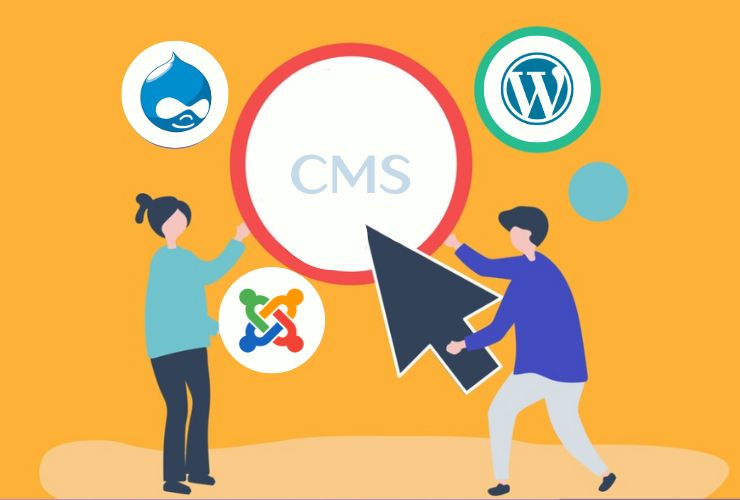WordPress drives more than 40% of the internet, the most used content management system (CMS) on the planet. But with growing complexity of websites and user expectation reaching new levels, classic WordPress structure could reach its breaking point in terms of speed, responsiveness, and omnichannel delivery.
Headless WordPress—a revolutionary decoupled architecture that reconsiders WordPress as a high-performance content engine for dynamic, performance-driven experiences—
What Is Headless WordPress?
In a typical WordPress installation, the front end (how content is displayed to visitors) and the back end (where you create and manage content) are tightly integrated. Theming, templates, and plug-ins control how pages look and work.
Headless WordPress eliminates this relationship. It maintains WordPress’ comfortable content creation features but gives up front-end delivery to contemporary JavaScript frameworks through REST or GraphQL APIs. This enables developers to create fast, highly interactive user interfaces with frameworks such as React, Vue, Next.js, or Svelte while maintaining dependence on WordPress for content administration.
Key Benefits of Going Headless
1. Performance Improvement
Headless websites take advantage of fast front-end technologies, CDN-hosted static assets, and speed-optimized content loading. The outcome: faster page loads and more seamless user experiences—SEO and conversion-matters.
2. Omnichannel Content Delivery
Regardless of whether it’s a website, mobile application, smartwatch, or IoT device, with a headless solution, you can render the same content on any device or channel from one source of truth—your WordPress dashboard.
3. Developer Flexibility
Get rid of PHP theming limitations. Developers can create rich, interactive UIs using newer stacks such as Jamstack, Next.js, or Nuxt.js, increasing productivity and optimizing development processes.
4. Improved Security
Removing the WordPress front-end layer and exposing solely content APIs diminishes significantly vulnerabilities from typical WordPress attack vectors such as outdated plugins or themes.
5. Reworked Scalability
Together with serverless infrastructure and static site generation (SSG), Headless WordPress scales nicely to handle high volumes of traffic without an impact on performance.
When to Employ Headless WordPress
Employ Headless WordPress if your application has:
- High-Traffic Sites with lightning-fast performance and global availability
- Mobile or Smart Device Applications with content retrieved from a single backend
- Progressive Web Apps (PWAs) with instant page transition and offline support
- Custom UI/UX not achievable through traditional WordPress theming
- Multi-language or Multi-brand sites with nuanced content management across platforms
Common Use Cases
- ecommerce Experiences: WordPress-driven WooCommerce data through custom front ends in React or Vue for blazing-fast browsing and checkout
- News Portals: Hub-and-spoke WordPress CMS powering multiple outputs—web, mobile apps, social media
- Enterprise Websites: Scalable design for complex content workflows and integrations
- SaaS Dashboards: Content-based websites where UI and UX are tightly controlled outside the CMS
Best Practices for Headless WordPress
1. Choose the Right Front-End Framework
Front-end frameworks like Next.js (React), Nuxt.js (Vue), and SvelteKit offer server-side rendering (SSR) and static site generation (SSG). Choose one that suits your project needs and your team capabilities.
2. Use the WordPress REST API or GraphQL
Utilize WordPress REST API for quick setup, or libraries like WPGraphQL for better and data-efficient query constructions.
3. SEO Optimization in a Headless Setup
Leverage SSR or pre-rendered static pages to enable crawling by search engines. Dynamically add structured data, canonical tags, and sitemap.xml to uphold strong SEO performance.
4. Strong API Security Implementation
Secure content endpoints with JWT (JSON Web Tokens), API keys, and CORS policies. Never expose sensitive endpoints to the public.
5. Leverage CDN and Caching Layers
Host static assets through CDNs such as Cloudflare or Netlify. Top that with Incremental Static Regeneration (ISR) for real-time updates without rebuilding the entire site.
6. Deploy with CI/CD Pipelines
Use deployment and build automation through tools such as Vercel, Netlify, or GitHub Actions. It accelerates development with stability in the site.
7. Monitor and Report Performance
Use tools like Google Lighthouse, WebPageTest, and Real User Monitoring (RUM) to track and optimize load speed, accessibility, and UX.
Other Points to be Considered
- Content Editor Training: Editors may be trained on what content looks like without taking actual previews. A Preview Mode or live staging environments can prove useful.
- Plugin Compatibility: Plugins that rely on server-side rendering will not function headlessly. Prioritize checking plugin dependencies before migration.
- Migration Planning: For previously built WordPress sites, migrate cautiously—start decoupling features or pages one at a time first before trying full headless.
Conclusion
Headless WordPress isn’t yesterday, out tomorrow—it’s a permanent change towards performance, flexibility, and future-proof delivery of content. Separating presentation from content management allows companies to have quicker sites, improved user experiences, and a robust foundation for omnichannel publishing.
Whether it’s building a dynamic app, delivering content to many endpoints, or simply wanting to break free from the confines of legacy themes—Headless WordPress can power your next-gen digital experience.
Contact Us Today













 Database Development
Database Development








